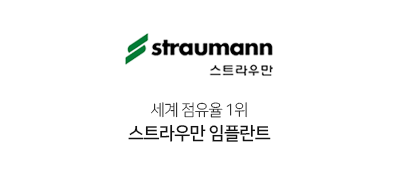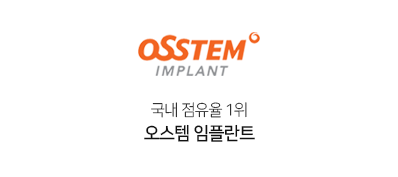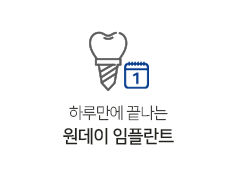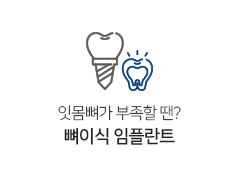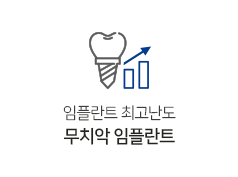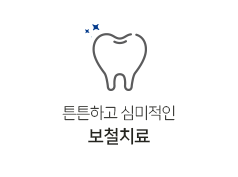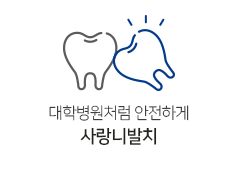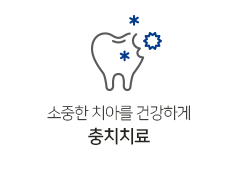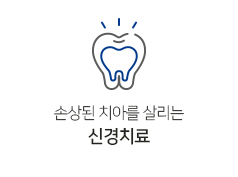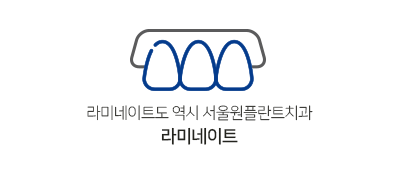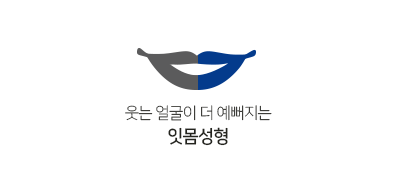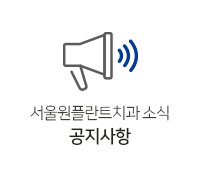Title: A Guide to Eco-Friendly Products for Textured Hair
페이지 정보
작성자 Bess 댓글 0건 조회 4회 작성일 24-10-25 08:22본문
5. **Trim Your Own Hair**
Regular trims are essential for maintaining healthy hair, but salon visits can add up over time. Consider investing in a pair of quality hair shears and learn to trim your own hair at home. Trimming your hair yourself can save you money and allow you to maintain your hair's health between salon visits.
One of the most popular textured hair updos is the bun. A high bun or top knot is a chic and practical style that works well Silk press for curly hair a variety of occasions, from casual days out to formal events. To create a textured bun, start by gathering your hair into a high ponytail and then twist or wrap the hair around the base to form a bun. Secure with bobby pins or a hair tie and gently pull out sections of hair for a more undone, textured look.
2. Sustainability: Many eco-friendly hair care brands prioritize sustainability in their production processes, using renewable resources and minimizing waste. By supporting these brands, you are contributing to a healthier planet.
Eco-Friendly Hair Care Products for Textured Hair:
1. Shampoo and Conditioner Bars: Solid shampoo and conditioner bars are a great eco-friendly alternative to traditional liquid products. Look for bars specifically formulated for textured hair, such as those containing moisturizing ingredients like shea butter and coconut oil.
3. Plant-Based Styling Products: Choose styling products like gels, creams, and mousses that are made with plant-based ingredients and free from harmful chemicals. Look for products that provide hold and definition without weighing down your curls or waves.
2. Conduct a Strand Test:
A simple and effective way to determine whether your hair needs more moisture or protein is by conducting a strand test. Take a clean, dry strand of your hair and gently stretch it. If the strand stretches easily and returns to its original length, your hair likely has enough moisture. If the strand stretches excessively or breaks, it may be lacking in protein. This test can help you identify which element your hair is lacking and guide your treatment decisions.
4. DIY Hair Treatments: Consider making your own hair treatments using natural ingredients like avocado, honey, and aloe vera. DIY treatments can be a fun and cost-effective way to care for your textured hair while reducing your environmental footprint.
Conclusion:
By following these techniques and tips for maintaining healthy natural hair, you can keep your hair vibrant, strong, and beautiful. Remember to be patient and consistent in your hair care routine, and listen to your hair's needs to achieve the best results. With proper care and attention, you can embrace and showcase the natural beauty of your hair for a stunning and healthy look.
For a more polished textured updo, consider a sleek bun or chignon. While these styles may require some smoothing and taming of your natural texture, they can add a touch of elegance to your look for a special occasion or formal event.
7. Embrace Minimalism:
When it comes to natural hair care, less is often more. Instead of overspending on numerous products, focus on building a simple and effective routine that addresses your hair's specific needs. By using fewer products but choosing high-quality ones that work for your hair type, you can achieve beautiful results without the hefty price tag.
Another classic textured updo is the messy braid. Whether you opt for a traditional three-strand braid, a fishtail braid, or a twisted rope braid, braided updos can add a touch of bohemian charm to your look. For a textured twist, gently pull apart sections of the braid to create a fuller, more voluminous style.
Conclusion:
Caring for textured hair with eco-friendly products is not only beneficial for the environment but also for your hair's health and overall well-being. By choosing sustainable and natural hair care options, you can create a more environmentally friendly hair care routine that supports both your hair and the planet. Experiment with different eco-friendly products and DIY treatments to find the best options for your unique hair needs.
5. Practice Regular Maintenance:
Maintaining the right balance of moisture and protein in your hair requires consistent effort and care. Regularly deep conditioning, using protective hairstyles, minimizing heat styling, and avoiding harsh chemicals can all contribute to the overall health of your hair. Additionally, staying hydrated, eating a nutritious diet, and protecting your hair from environmental stressors can help support a healthy moisture-protein balance.
3. Protective Styling:
Protective styles such as braids, twists, buns, or updos can help to minimize manipulation and reduce damage to your natural hair. These styles can also help retain moisture and promote hair growth. Be sure not to make the styles too tight, as this can cause tension and lead to hair breakage.
5. Deep Conditioning:
Deep conditioning treatments are crucial for maintaining healthy natural hair. Use a deep conditioner once a week to restore moisture, strengthen your hair, and improve its overall condition. You can also opt for DIY treatments using natural ingredients like coconut oil, honey, or avocado to give your hair a nourishing boost.
Regular trims are essential for maintaining healthy hair, but salon visits can add up over time. Consider investing in a pair of quality hair shears and learn to trim your own hair at home. Trimming your hair yourself can save you money and allow you to maintain your hair's health between salon visits.
One of the most popular textured hair updos is the bun. A high bun or top knot is a chic and practical style that works well Silk press for curly hair a variety of occasions, from casual days out to formal events. To create a textured bun, start by gathering your hair into a high ponytail and then twist or wrap the hair around the base to form a bun. Secure with bobby pins or a hair tie and gently pull out sections of hair for a more undone, textured look.
2. Sustainability: Many eco-friendly hair care brands prioritize sustainability in their production processes, using renewable resources and minimizing waste. By supporting these brands, you are contributing to a healthier planet.
Eco-Friendly Hair Care Products for Textured Hair:
1. Shampoo and Conditioner Bars: Solid shampoo and conditioner bars are a great eco-friendly alternative to traditional liquid products. Look for bars specifically formulated for textured hair, such as those containing moisturizing ingredients like shea butter and coconut oil.
3. Plant-Based Styling Products: Choose styling products like gels, creams, and mousses that are made with plant-based ingredients and free from harmful chemicals. Look for products that provide hold and definition without weighing down your curls or waves.
2. Conduct a Strand Test:
A simple and effective way to determine whether your hair needs more moisture or protein is by conducting a strand test. Take a clean, dry strand of your hair and gently stretch it. If the strand stretches easily and returns to its original length, your hair likely has enough moisture. If the strand stretches excessively or breaks, it may be lacking in protein. This test can help you identify which element your hair is lacking and guide your treatment decisions.
4. DIY Hair Treatments: Consider making your own hair treatments using natural ingredients like avocado, honey, and aloe vera. DIY treatments can be a fun and cost-effective way to care for your textured hair while reducing your environmental footprint.
Conclusion:
By following these techniques and tips for maintaining healthy natural hair, you can keep your hair vibrant, strong, and beautiful. Remember to be patient and consistent in your hair care routine, and listen to your hair's needs to achieve the best results. With proper care and attention, you can embrace and showcase the natural beauty of your hair for a stunning and healthy look.
For a more polished textured updo, consider a sleek bun or chignon. While these styles may require some smoothing and taming of your natural texture, they can add a touch of elegance to your look for a special occasion or formal event.
7. Embrace Minimalism:
When it comes to natural hair care, less is often more. Instead of overspending on numerous products, focus on building a simple and effective routine that addresses your hair's specific needs. By using fewer products but choosing high-quality ones that work for your hair type, you can achieve beautiful results without the hefty price tag.
Another classic textured updo is the messy braid. Whether you opt for a traditional three-strand braid, a fishtail braid, or a twisted rope braid, braided updos can add a touch of bohemian charm to your look. For a textured twist, gently pull apart sections of the braid to create a fuller, more voluminous style.
Conclusion:
Caring for textured hair with eco-friendly products is not only beneficial for the environment but also for your hair's health and overall well-being. By choosing sustainable and natural hair care options, you can create a more environmentally friendly hair care routine that supports both your hair and the planet. Experiment with different eco-friendly products and DIY treatments to find the best options for your unique hair needs.
5. Practice Regular Maintenance:
Maintaining the right balance of moisture and protein in your hair requires consistent effort and care. Regularly deep conditioning, using protective hairstyles, minimizing heat styling, and avoiding harsh chemicals can all contribute to the overall health of your hair. Additionally, staying hydrated, eating a nutritious diet, and protecting your hair from environmental stressors can help support a healthy moisture-protein balance.
3. Protective Styling:
Protective styles such as braids, twists, buns, or updos can help to minimize manipulation and reduce damage to your natural hair. These styles can also help retain moisture and promote hair growth. Be sure not to make the styles too tight, as this can cause tension and lead to hair breakage.
5. Deep Conditioning:
Deep conditioning treatments are crucial for maintaining healthy natural hair. Use a deep conditioner once a week to restore moisture, strengthen your hair, and improve its overall condition. You can also opt for DIY treatments using natural ingredients like coconut oil, honey, or avocado to give your hair a nourishing boost.
댓글목록
등록된 댓글이 없습니다.






















